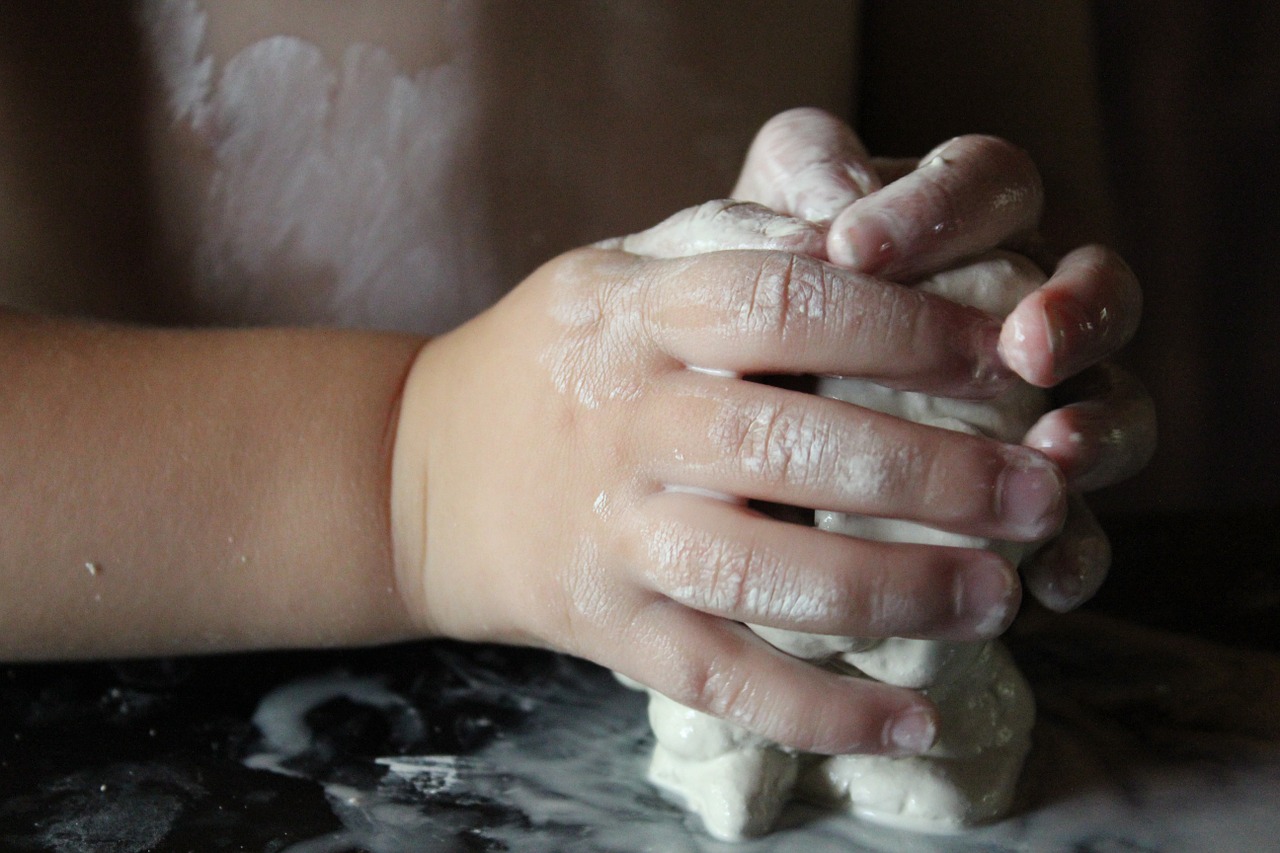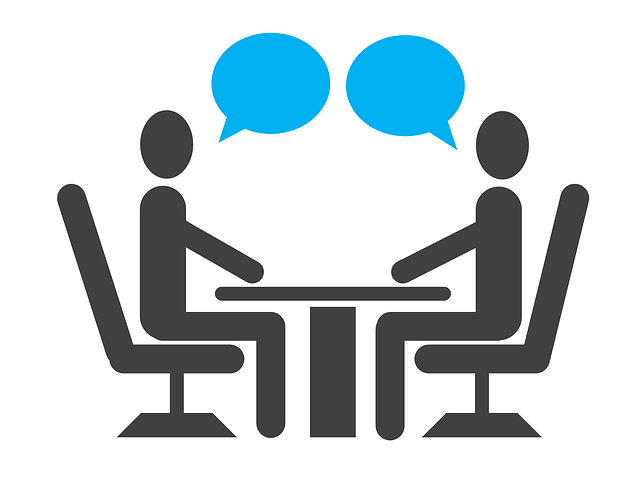
You may be a learner, you may use a learning device. Does that matter if you’re not part of a learning organization?
My guess is no.
Today, I participated in Ben Wilkoff’s session at Future Ready: A Technovation Institute. The conversation was geared around some deeper thinking of what we mean and imply when we invoke the “1:1” ration in talking about learners and devices.
Midway through, Ben asked us to think about what is needed to support learners in tech-rich environments and what is needed to support devices as tools for deeper learning in those environments.
My answer kept coming back to the place where my thinking’s been living these last few weeks – learning organizations. Being a part of such an organization is necessary for both learners and devices to move beyond the shiny of new tech in learning.
Here’s what I mean by that.
Sure, classrooms, schools, and districts purport to be learning organizations in that they are organizations designed to facilitate the learning of those in their charge or care – namely, students. And, yes, this is a good goal. It is certainly better than being teaching organizations or education organizations. To hit lightly on being a learning organization is to at least imply that your goal is the learning of those within your system.
What I’d posit is necessary for the ongoing support of learners and the view of technology as tools for learning is that the classroom, school, or district is, itself, a learning organization. Better phrased, is any of these an organization that learns? Dice that apart. A school that is comprised of teachers who are learners may find itself ahead of other schools where teachers don’t engage their curiosity or agency to satisfy that agency.
Such a school still cannot go as far if it does not attempt, as an institution to learn from its mistakes, to move forward as a whole, and to be better as a learning body. This is part of what Chris and I mean when we write “Be One School.”
To be a learning organization classrooms, schools, and districts – either by dictate or consensus – would identify a driving, commonly held curiosity and then move toward investigating that curiosity together.
Whenever I’ve had the chance to talk to the leadership of any organization of which I’ve been a part, I’ve asked one question, “What are the three things you hope we’re working toward this year?” For whatever reason, I’ve yet to pose that question to a leader and get a coherent answer. Maybe they don’t know, maybe they’re being politic, or maybe they’re resistant to make their own goals the goals of all.
Imagine, though, what could happen if a superintendent, principal, or teacher engaged in a process of identifying those wicked problems to be investigated throughout the year. Shared ownership of these problems and shared learning toward their solutions would be a powerfully unifying experience.
From Theory to Practice:
- If your organization has a leadership team or committee, pull them together and ask what big issues they would like to grapple with in the coming year. Make updates on learning a standing item on each meeting agenda.
- In the classroom, select the big buckets of learning (usually disciplines) and have students work through their big questions for each bucket. Keep track of answers and new questions as the year progresses.
- If you’re at the very beginning of this work and need to build cohesion, build a simple question into your formal conversations, “What is something you’re trying to figure out right now?” Keep track of the answers you get and see how you might be able to use common threads to plan events, learning sessions, and communications toward common cause.


 “Hire happy people.”
“Hire happy people.”
 “Do me a favor,” I say, “and close your eyes. I’m going to ask you to visualize something. If I told you you’re visiting a school with a healthy culture of reading and writing, I want to you visit it in your imagination. Start with the lobby or entryway. Notice everything you see and hear as you walk through.”
“Do me a favor,” I say, “and close your eyes. I’m going to ask you to visualize something. If I told you you’re visiting a school with a healthy culture of reading and writing, I want to you visit it in your imagination. Start with the lobby or entryway. Notice everything you see and hear as you walk through.”
